Interview with Peugeot design chief, Gilles Vidal
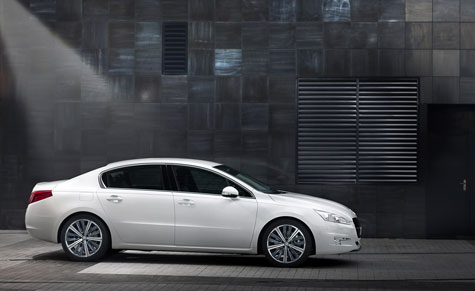
Peugeot wasn't always a carmaker. The company's manufacturing roots are mechanical, but only kicked into mass production with their innovative range of pepper mills and coffee pots in the mid-19th century. Within a few decades, the Peugeot family had branched out into bicycles and the company joined the automotive revolution (just like many other bike makers) as the century came to a close.
France was once a pioneer in car production, and Peugeot was at the forefront of the move to mass personal transit, with its distinctive aerodynamic cars arranged according to a functional naming system - from the compact 201 of 1929 through to the large, elegant 601 of the following decade. The company still follows this nomenaclature - and is still overseen by the Peugeot family itself - with the very latest model, the 508, debuting late last year. Despite this four-wheel focus, the company still builds bicycles and pepper grinders, the latter a fixture at fine restaurants around the world.
Wallpaper* caught up with Gilles Vidal, head of design for Peugeot since spring 2010, at a lunch at London's Charlotte Street Hotel. A company long-termer (he joined in 1996), Vidal has been tasked with taking the marque forward after what's generally considered to be a rather lacklustre few years of production models. Although sales are up in the face of industry-wide misery, critics point to the company's apparent misplaced ability to make cars that look good and drive well in addition to selling well. Although the former qualities aren't sought after by everyone, we can't help but agree that the production reality has rather failed to live up to the buzz created by Peugeot's striking concepts.
Only recently has this started to change. The 308 RCZ concept made it into production practically unchanged, a path followed by the '5 by Peugeot', which was a veiled preview of the new 508 model. This latter machine is the main reason Vidal is in the UK, visiting the long-established Peugeot UK team (based in Coventry) and showing the first UK-spec 508 estate, the SW, to the press.
Vidal is very much the modern car designer. Smart and personable, he has a broad interest in contemporary visual culture that goes far beyond the motor industry. As the owner of a classic Peugeot (as well as an Aston Martin), he's also someone who understands the role of emotions in car design. Happily, the first car to be built on his watch (although he didn't oversee the entire design process) is the 508, a svelte big saloon that's a world away from the brutish 3008 and 4007 and the ungainly compact cars that are now some way off class best.
Sitting inside the 508 SW, Vidal expands on his long-term vision. 'We want simple design themes,' he says, 'it's harder to come up with something new when you are being very simple and economical with line. The new saloon is big but lithe, eschewing the collision of forms, vents and excessively aggressive grilles and lights that has characterised the company for the past few years. Industry inertia is slow, but with electric drive systems finally entering the mainstream, there is clearly scope for Peugeot to amp up its design status.
The 508 draws heavily on last year's SR1 concept, a sleek coupe that's sadly not destined for production (perhaps because it has more than a hint of Vidal's own Aston Martin about it). Built in France and China, where the market for hefty saloons is still expanding fast, the 508 is a return to the style and grace of the Pininfarina-era of cars from the 1970s and 80s. Peugeot is now something of an expert in the art of the glass roof, and the SW's vast clear rooftop window transforms the interior. Elsewhere, materials and switches are given an upmarket feel, as befits the whole market's shift towards premium products for the big car sector.
Wallpaper* Newsletter
Receive our daily digest of inspiration, escapism and design stories from around the world direct to your inbox.
Next up is a new small car, a model that's hugely important for Peugeot. Back in the 1990s, the company owned the city car segment, and classics like the 205 and 106 set the benchmark. Also in the works is a new collection of hybrid diesels - the world's first - a pragmatic and highly practical solution for very efficient fuel economy.
More way-out designs are on the way. Concepts like the EX1 (2010) show the company can still push the boundaries. 'Electric cars are an interesting adventure,' says Vidal, 'Peugeot had electric cars in the nineteenth century but petrol won because back then it was more efficient. In the 1930s we had the VLV [the Voiture Légère de Ville], a tiny little electric town car. They only built 300 and today they almost look conceptual. And more recently we had the electric 106, which was at the time the best-selling electric car in the world.' Today, the first of Peugeot's new fleet of electric vehicles is the iOn, essentially a re-branded Mitsubishi, but a more promising insight into future plans came with the BB1 city car concept shown late last year.
'Now is just the beginning of the electrical era,' Vidal enthuses, 'we will need everything - petrol, diesel, hybrid and electric - but concepts like BB1 are possible because you have the freedom in the technical architecture. It's far more modular and lets you be more radical.' Asked whether Peugeot will push on with an all-electric sub-brand, like BMW, he says that 'any new technology will bring new design to the table,' but implies that Peugeot will remain exactly as it is.
Vidal's job is to look forward. No new concepts are planned until this Autumn's Frankfurt Motor Show, but in the interim, he needs to navigate the web of legislation and manufacturing limitations that bind every company. 'Car design isn't quite as bad as join the dots,' he jokes, 'but it can be a bit like that. But all manufacturers share these constraints; the challenge is to keep your identity, your DNA. With Peugeot we want elegance and purity.' And with that he grinds some pepper onto his tuna steak (happily the mill bears that all-important family name) and talk turns to London's latest stores and structures. Peugeot's past elegance seems safe in Vidal's hands.
This article was published 11 February 2011.
Jonathan Bell has written for Wallpaper* magazine since 1999, covering everything from architecture and transport design to books, tech and graphic design. He is now the magazine’s Transport and Technology Editor. Jonathan has written and edited 15 books, including Concept Car Design, 21st Century House, and The New Modern House. He is also the host of Wallpaper’s first podcast.
-
 Warp Records announces its first event in over a decade at the Barbican
Warp Records announces its first event in over a decade at the Barbican‘A Warp Happening,' landing 14 June, is guaranteed to be an epic day out
By Tianna Williams
-
 Cure your ‘beauty burnout’ with Kindred Black’s artisanal glassware
Cure your ‘beauty burnout’ with Kindred Black’s artisanal glasswareDoes a cure for ‘beauty burnout’ lie in bespoke design? The founders of Kindred Black think so. Here, they talk Wallpaper* through the brand’s latest made-to-order venture
By India Birgitta Jarvis
-
 The UK AIDS Memorial Quilt will be shown at Tate Modern
The UK AIDS Memorial Quilt will be shown at Tate ModernThe 42-panel quilt, which commemorates those affected by HIV and AIDS, will be displayed in Tate Modern’s Turbine Hall in June 2025
By Anna Solomon
-
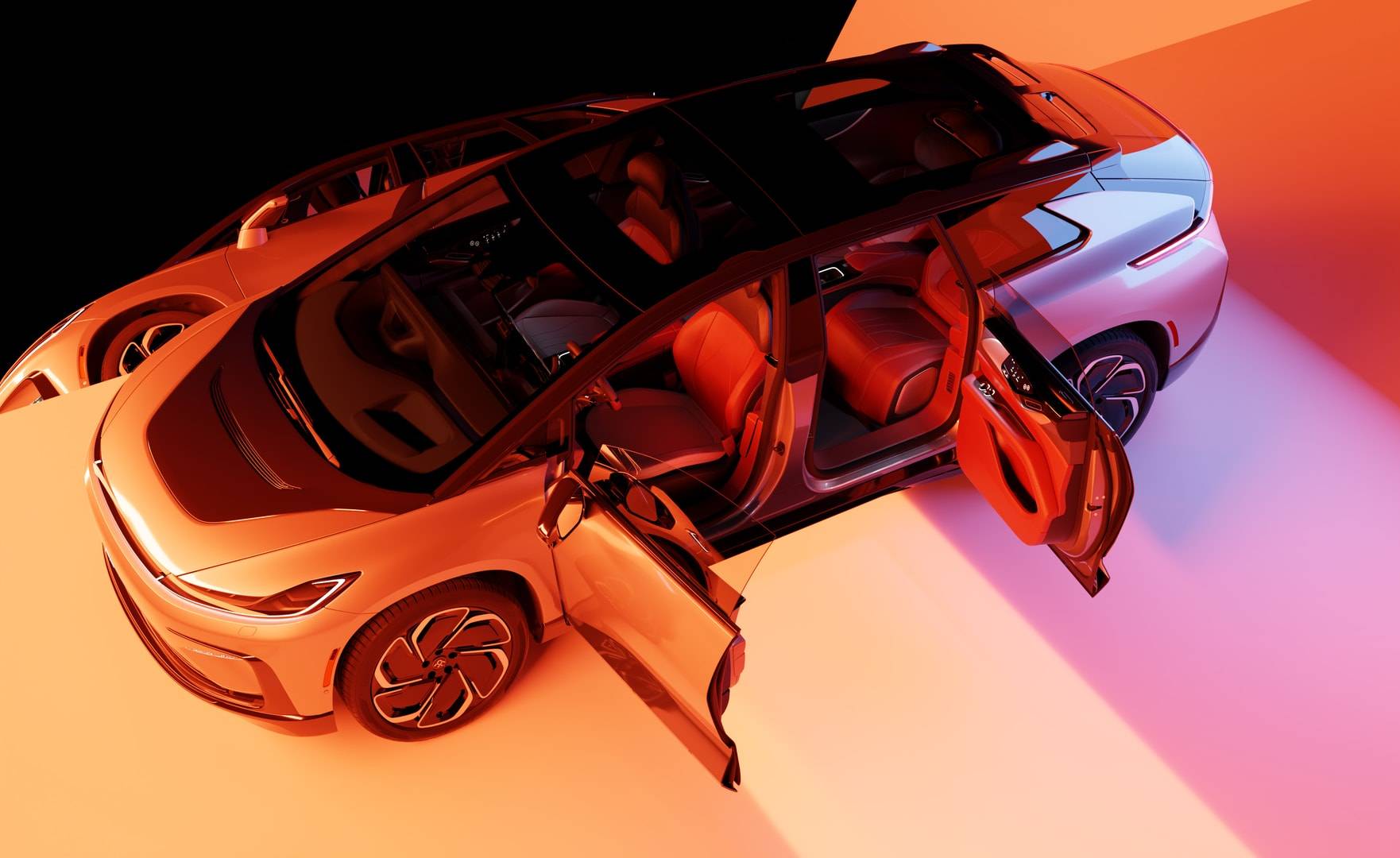 Faraday Future’s design director on the cutting-edge FF 91 EV
Faraday Future’s design director on the cutting-edge FF 91 EVFaraday Future design director Page Beermann discusses the joy of clean-sheet design for the FF 91 electric vehicle – ‘simultaneously an intelligent supercomputer and an extreme performance vehicle’
By Jonathan Bell
-
 ‘Pop! Pop! Pop!’: Jeff Koons on the drive behind his new limited-edition BMW 8 Series
‘Pop! Pop! Pop!’: Jeff Koons on the drive behind his new limited-edition BMW 8 SeriesWe speak to Jeff Koons about blending pop, performance and punch in his design for the BMW M850i xDrive Gran Coupé
By Nick Compton
-
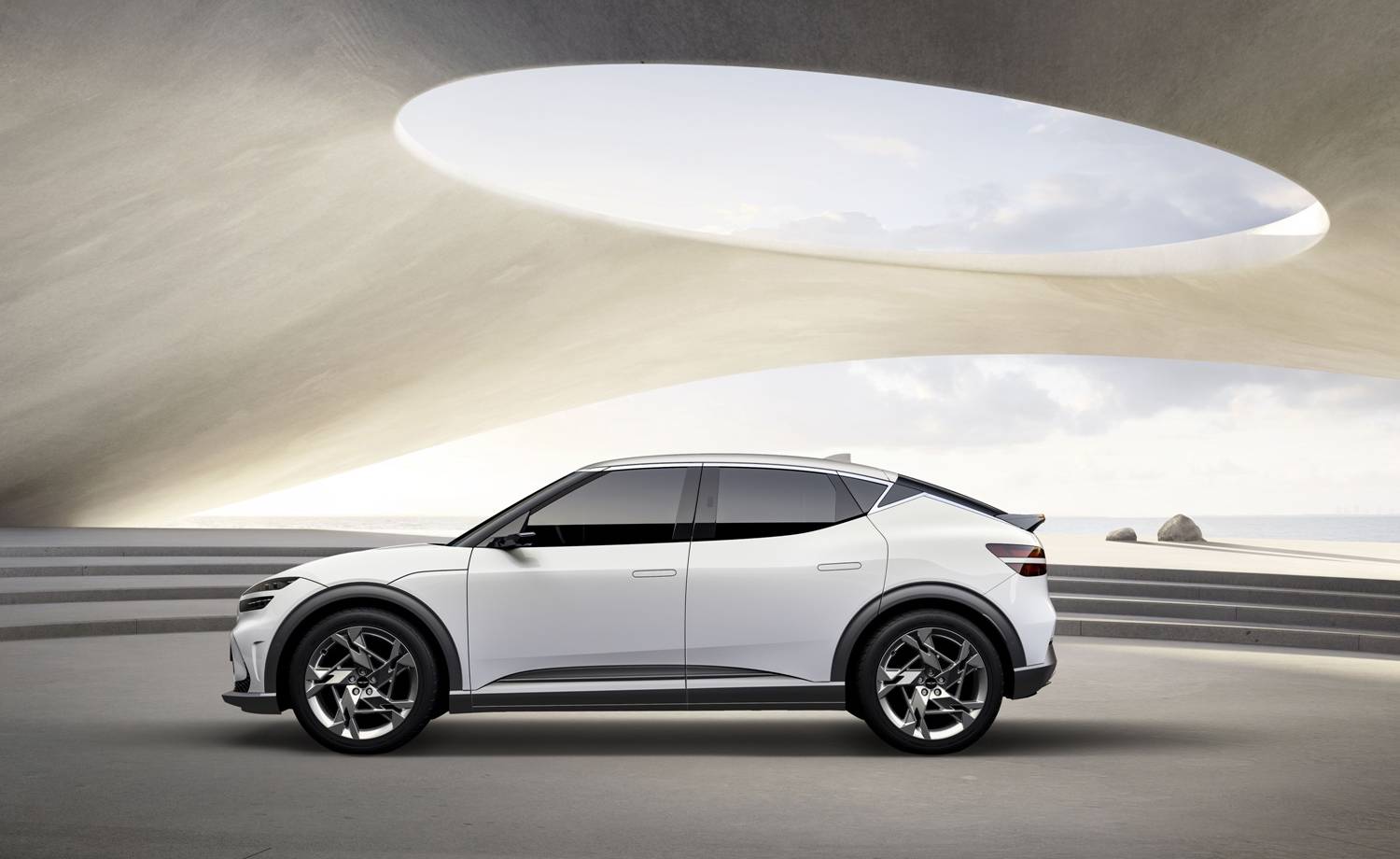 Genesis’ Luc Donckerwolke brings new shapes to luxury mobility
Genesis’ Luc Donckerwolke brings new shapes to luxury mobilityLuc Donckerwolke, Genesis’ chief brand officer and chief creative officer, on its Europe-only G70 Shooting Brake, the new Genesis EV60 electric vehicle, and the shape of cars to come
By Jonathan Bell
-
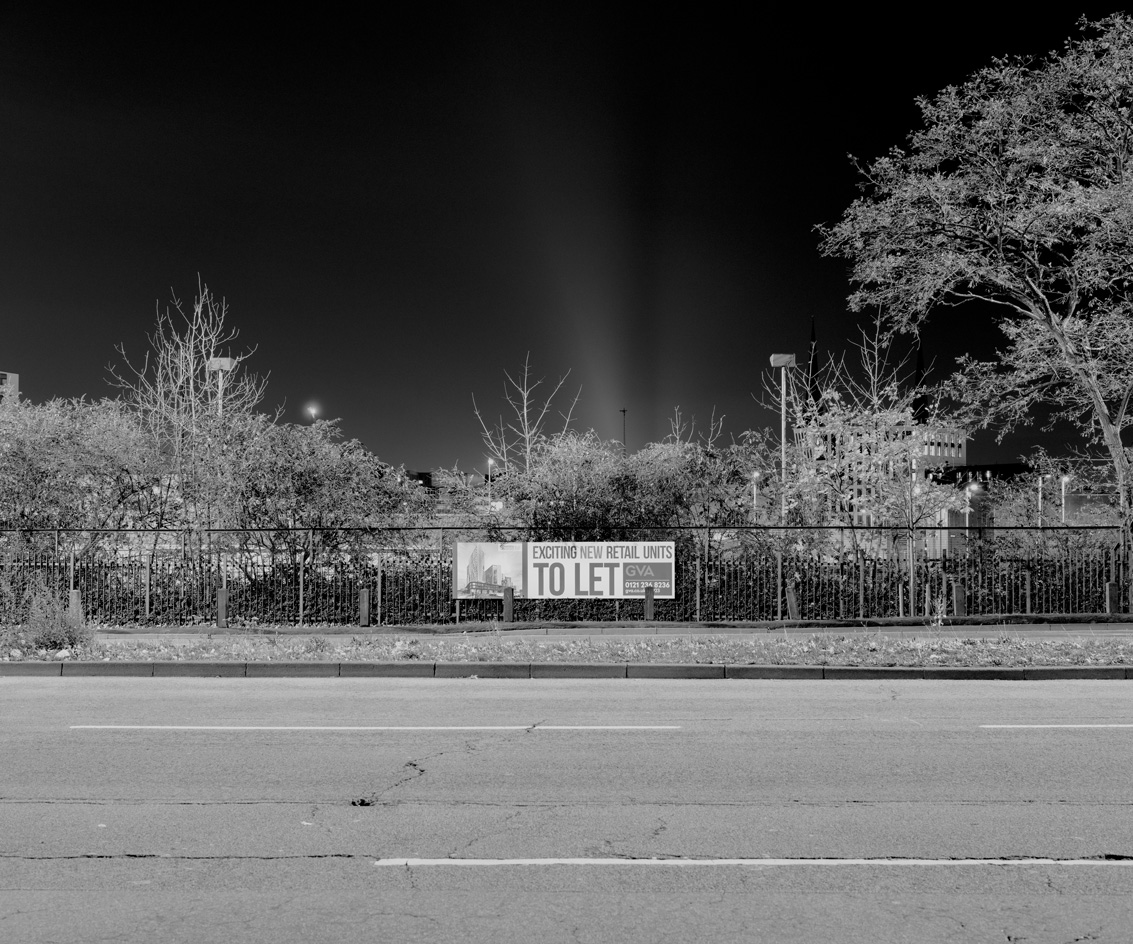 Through the lens of photographer Milo Lethorn
Through the lens of photographer Milo LethornHere, Milo Lethorn discusses the eroding perceptions of photographic ‘truth’, the marketisation of higher education, and pushing the boundaries of genre
By Sophie Gladstone
-
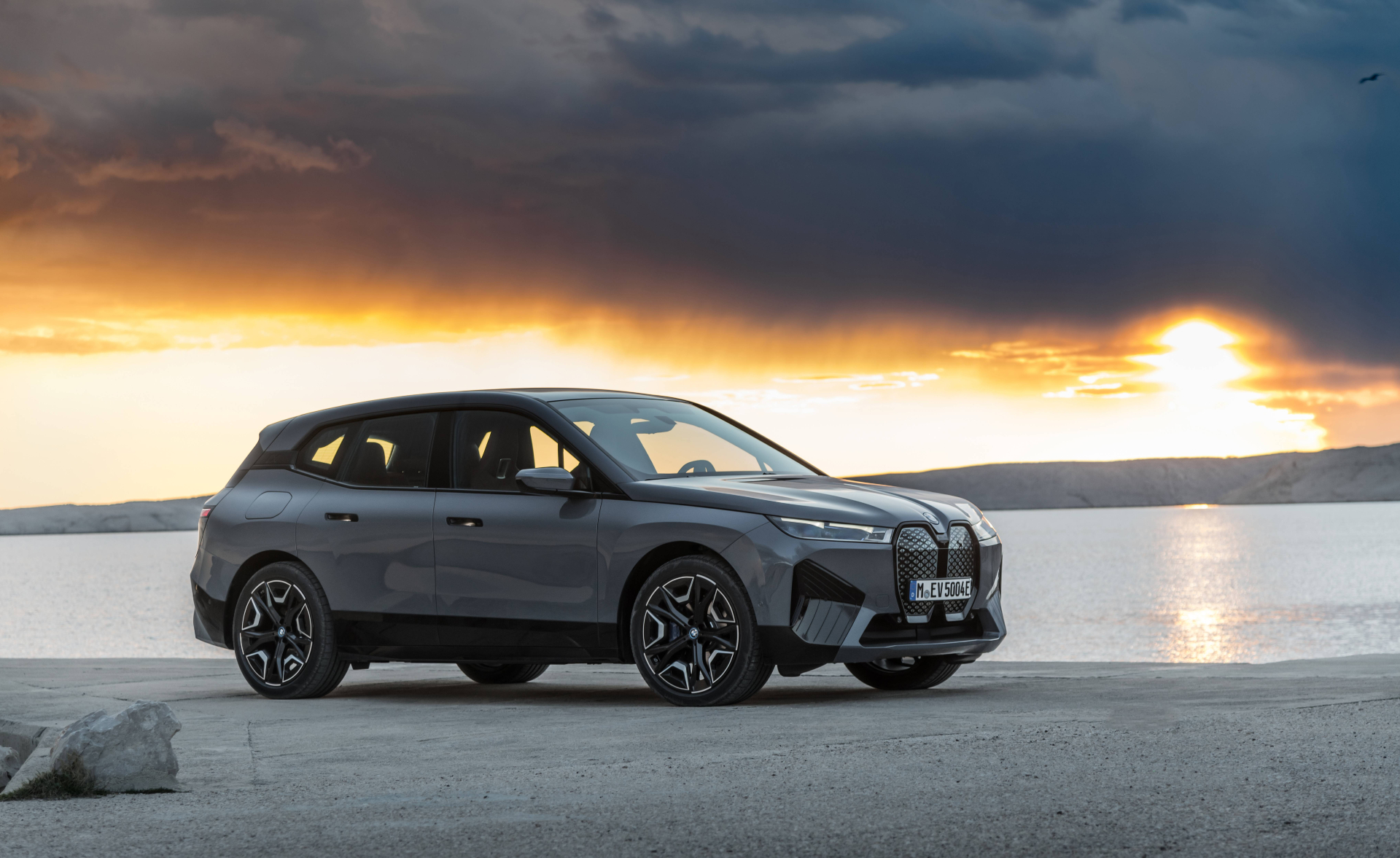 New era for BMW electric cars, says design chief Domagoj Dukec
New era for BMW electric cars, says design chief Domagoj Dukec‘BMW i models are becoming the most relevant part of the brand,’ says the company’s head of design Domagoj Dukec, as he talks about a trio of new BMW electric cars, the iX3, i4 and iX, and what they mean for the future of the brand
By Jonathan Bell
-
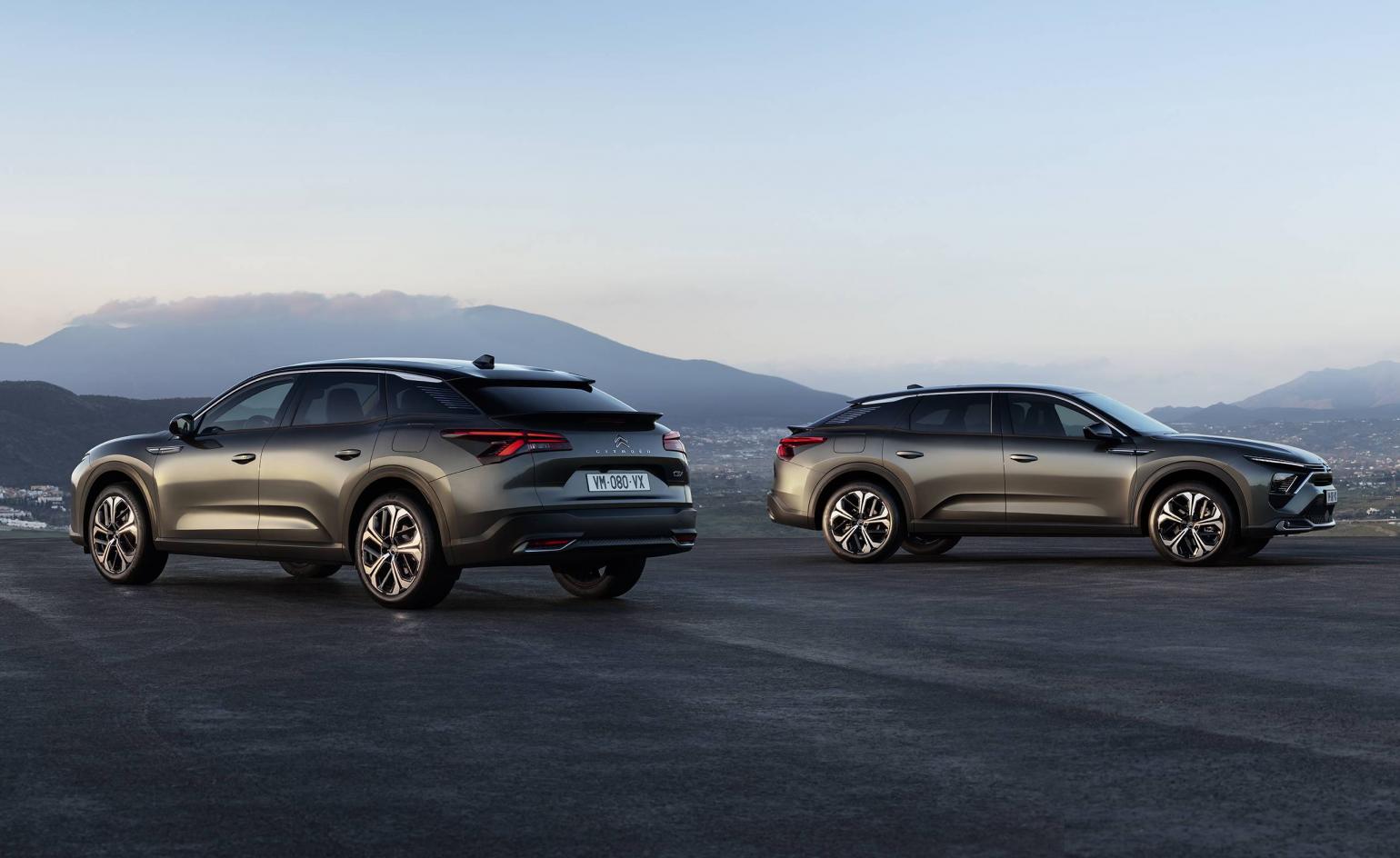 Citroën's Pierre Leclercq on the brand’s bold future
Citroën's Pierre Leclercq on the brand’s bold futureThe Citroën head of design discusses the architecture of automation, utility, versatility, and more
By Jonathan Bell
-
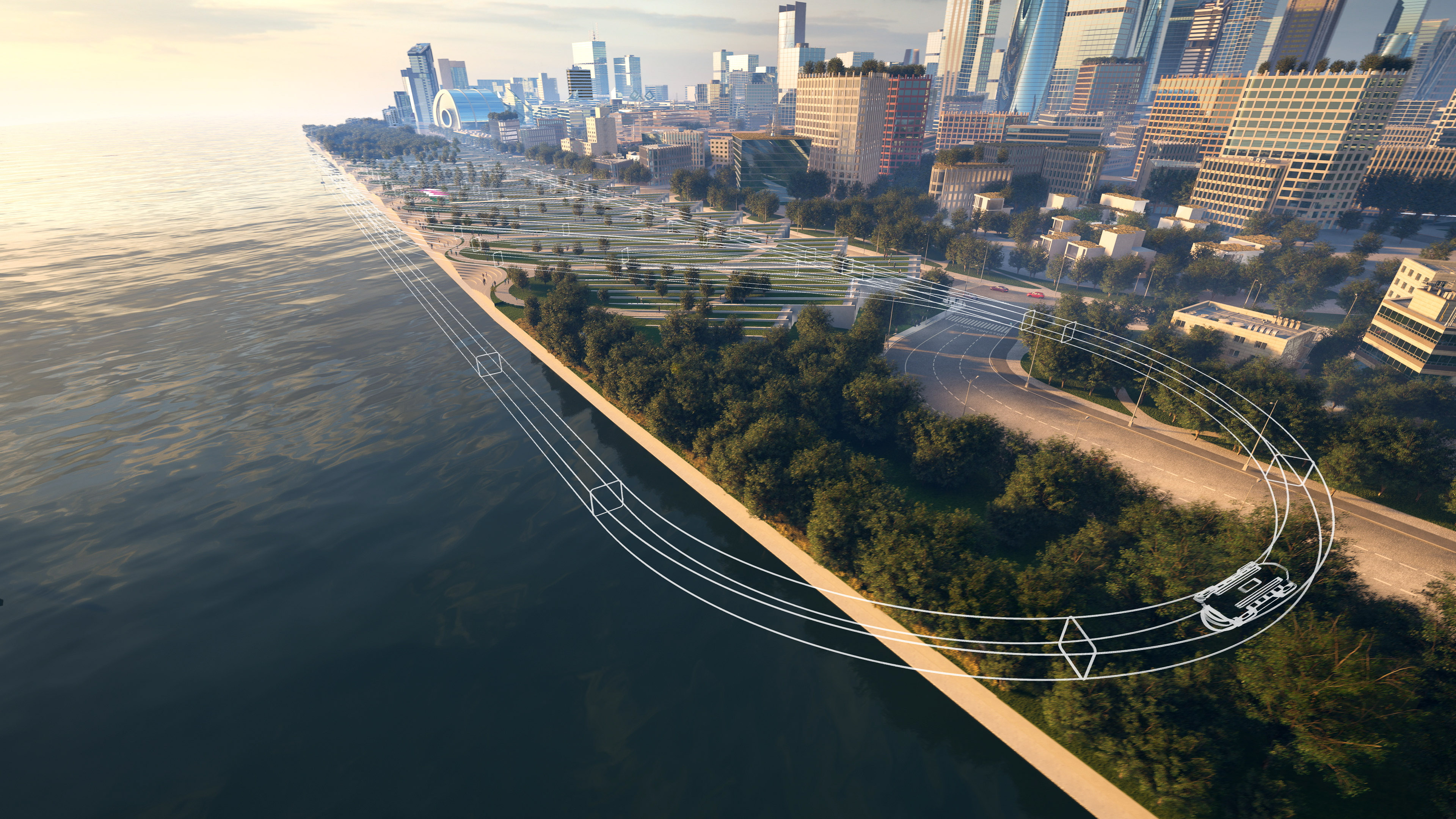 Bjarke Ingels gives shape to the Virgin Hyperloop
Bjarke Ingels gives shape to the Virgin HyperloopThe Virgin Hyperloop – a proposed mode of passenger and freight transportation – is gaining currency, aided by design ideas from BIG. ‘It’s about the destination,' says Bjarke Ingels
By Jonathan Bell
-
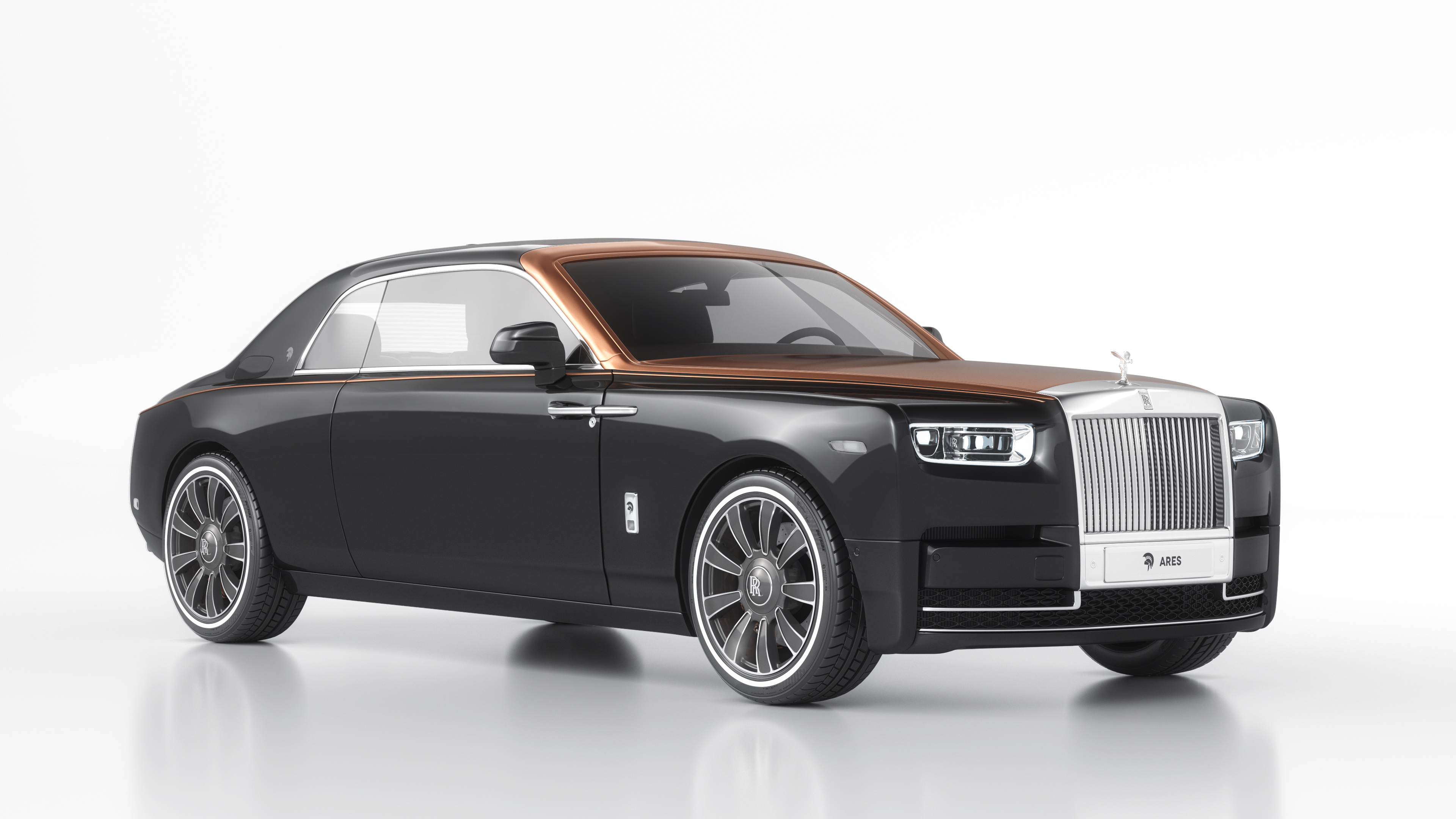 Explore the world of bespoke automotive design with Italian coachbuilder Ares
Explore the world of bespoke automotive design with Italian coachbuilder Ares‘Uniqueness is more and more important,’ says CEO Danny Bahar as the company unveils its new Ares Design Coupé, a limited edition of eight and a radical reimagining of a classic
By Jonathan Bell